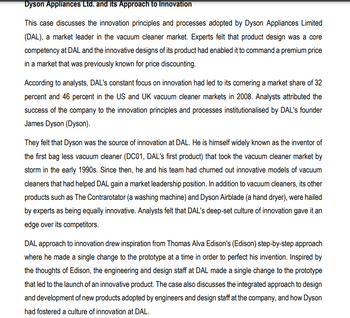Once an organisation’s mission has been established, it can begin to identify its strategy and implement it. Strategy is an organisation’s action plan to achieve its mission. Heizer and Render (2017) suggest that firms can achieve their missions in three conceptual ways. This means that operations managers are required to deliver goods and services that are better or at least different, cheaper and more responsive. Define and then justify an appropriate mission statement for VW by applying any one or combined conceptual ways.
Once an organisation’s mission has been established, it can begin to identify its strategy and implement it. Strategy is an organisation’s action plan to achieve its mission. Heizer and Render (2017) suggest that firms can achieve their missions in three conceptual ways. This means that operations managers are required to deliver goods and services that are better or at least different, cheaper and more responsive. Define and then justify an appropriate mission statement for VW by applying any one or combined conceptual ways.
Step by step
Solved in 3 steps

Organizations face an important decision in choosing how supplier performance is to be measured. Organizations must also determine what to measure. As the purchasing manager, how would you measure the performance of your selected suppliers?
